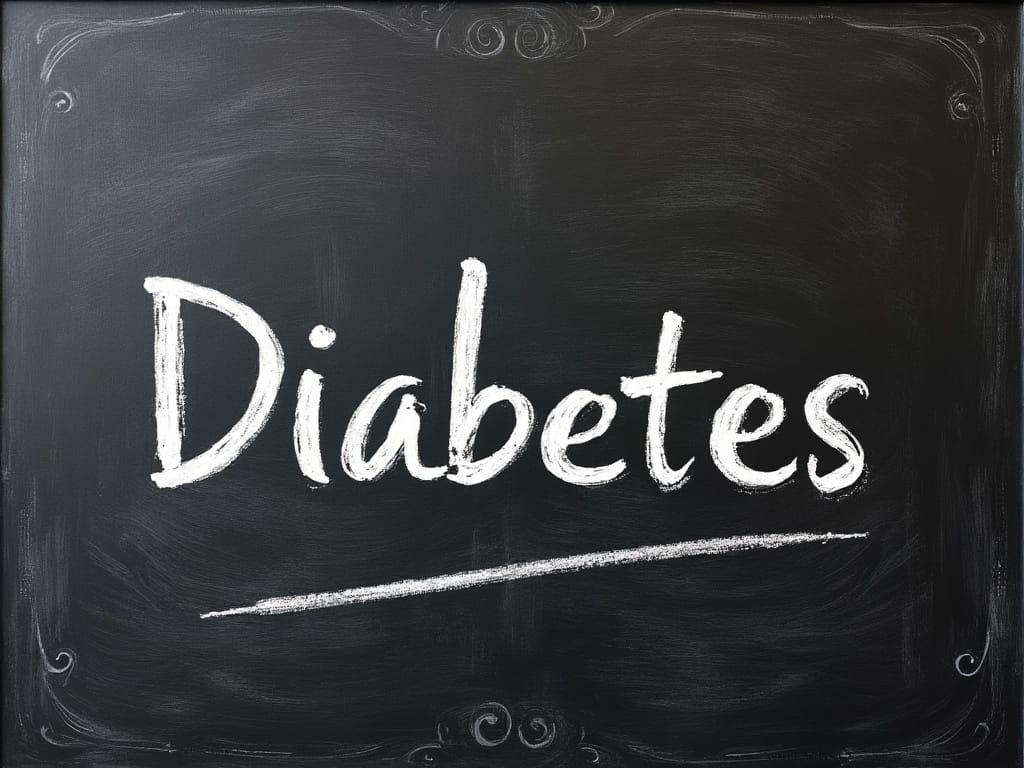
Introduction
Type 1 Diabetes, often referred to as juvenile diabetes or insulin-dependent diabetes, is an autoimmune condition where the body's immune system attacks and destroys the insulin-producing beta cells in the pancreas. Here's an in-depth look at what this condition entails:
What is Type 1 Diabetes?
Type 1 Diabetes is characterized by the body's inability to produce insulin. Insulin is a hormone crucial for converting sugar, starches, and other food into energy needed for daily life. Without insulin, glucose stays in the blood, leading to high blood sugar levels, which can damage organs and tissues over time.
- Autoimmune Reaction: In Type 1 Diabetes, the immune system mistakenly identifies the beta cells as foreign and destroys them.
- Age of Onset: While it can occur at any age, Type 1 Diabetes is most frequently diagnosed in children, teenagers, or young adults.
Symptoms of Type 1 Diabetes
The onset of Type 1 Diabetes can be sudden, with symptoms appearing within weeks or even days. These include:
- Increased Thirst and Frequent Urination: High blood sugar levels cause the kidneys to work overtime to filter and absorb the excess glucose, leading to dehydration.
- Extreme Hunger: Without insulin, the body's cells cannot access the glucose they need for energy.
- Weight Loss: Despite eating more, individuals might lose weight because the body starts burning fat and muscle for energy.
- Fatigue: Lack of energy from glucose results in tiredness and lethargy.
- Blurred Vision: High blood sugar can affect the lens of the eye, leading to changes in vision.
- Mood Changes: Fluctuating blood sugar levels can affect mood.
Diagnosis
Diagnosis usually involves:
- Blood Tests: Measuring:
Fasting blood glucose level (normal range: 4.0 to 6.0 mmol/L)
HbA1c (a measure of average blood glucose over 2-3 months), where above 48 mmol/mol indicates diabetes.
Random blood glucose test (over 11.1 mmol/L with symptoms suggests diabetes).
Management and Treatment
- Insulin Therapy: Since the body can no longer produce insulin, it must be injected:
- Multiple Daily Injections (MDI) or
- Continuous Subcutaneous Insulin Infusion (CSII) via an insulin pump. - Blood Glucose Monitoring: Regular monitoring using:
- Blood Glucose Meters (target levels generally 4.0 - 7.8 mmol/L before meals and less than 10.0 mmol/L after meals)
- Continuous Glucose Monitors (CGM) - Diet: A balanced diet with controlled carbohydrate intake to manage blood sugar levels.
- Physical Activity: Exercise can help manage insulin sensitivity but requires careful blood sugar management.
- Education: Understanding how different foods, activities, and insulin affect blood sugar.
Living with Type 1 Diabetes
- Technology: Advances like CGM systems, smart insulin pens, and artificial pancreas systems aid in management.
- Support: Psychological support, diabetes education programs, and support from friends, family, or diabetes communities are vital.
- Long-term Complications: Proper management aims to prevent complications like:
- Kidney damage
- Vision problems (retinopathy)
- Nerve damage (neuropathy)
- Cardiovascular diseases
So....
Type 1 Diabetes requires lifelong management, but with modern medical advancements, individuals can lead active, fulfilling lives. Awareness, education, and ongoing research continue to improve treatment options and quality of life for those affected. If you or someone you know shows symptoms, seeking prompt medical advice is crucial for early diagnosis and effective management.

Member discussion: